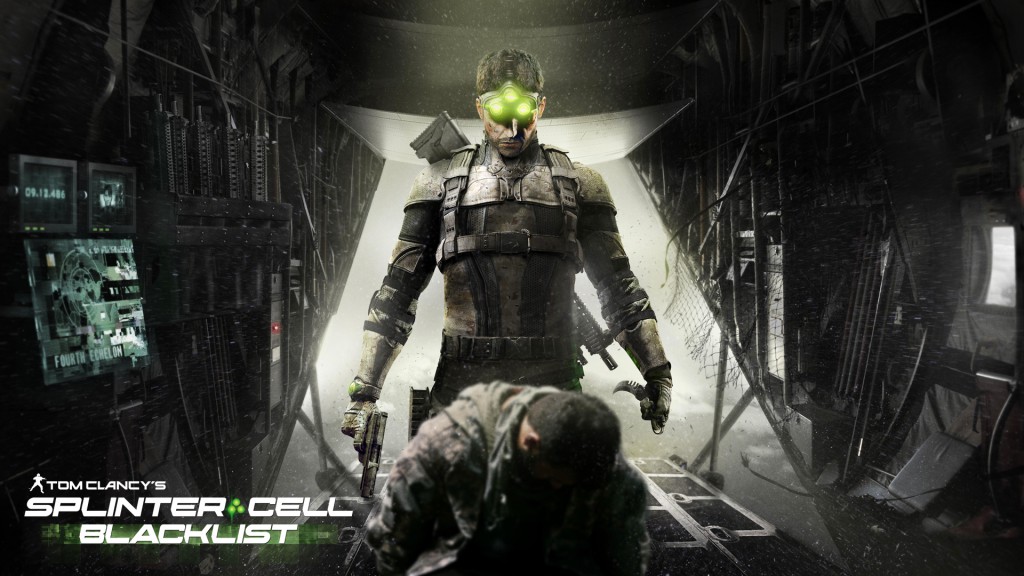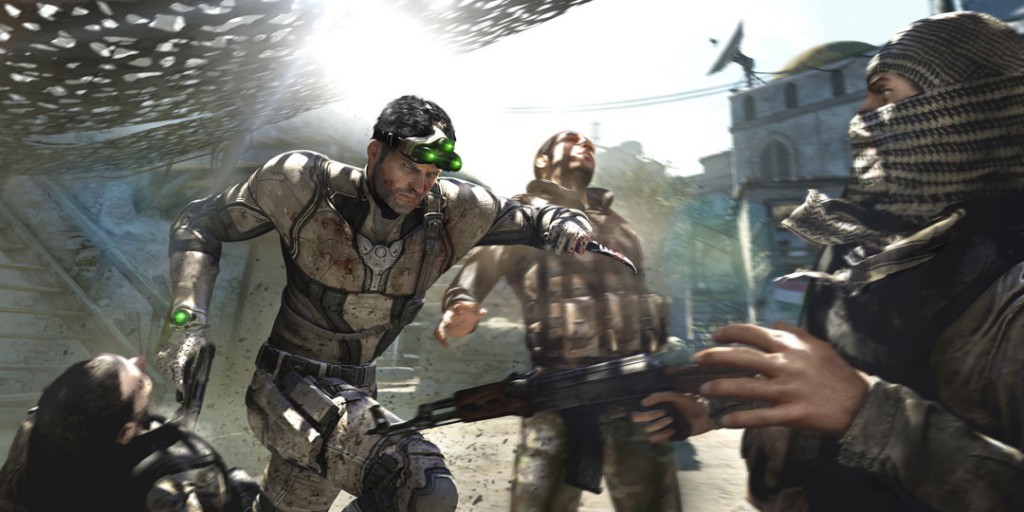
Splinter Cell: Blacklist is the seventh installment in the Splinter Cell franchise, picking up six months after the events of Conviction with series-long black ops group Third Echelon disbanded and-in its place-the aptly named Fourth Echelon, a special ops and counter-terrorism team. Run by long-time protagonist Sam Fisher, Fourth Echelon reports directly to the President of the United States and is tasked with hunting down and stopping a terrorist group known as The Engineers who have threatened to carry out The Blacklist, a series of attacks designed to cripple the American infrastructure, if American troops are not recalled from the countries around the world that they are stationed in. Helping Fisher along the way are: franchise regular Anna Grimsdottir; newcomer Isaac Briggs, a company man on loan that lends Fisher operational assistance; and Charlie Cole, resident tech expert who has many gadgets as he does snarky quips.
The campaign bounces nicely from one mission to another, each one feeling just as open and explorative as the next. Whereas previous games have more-or-less dictated the path you take and the way you take them, Blacklist leaves it completely up to you. The only exception to that being when the mission requires no one detecting your presence or being harmed. Beyond that, the game leaves you mostly to your own devices. Three options gameplay-wise are available to you: ghost, panther, and assault. Assault is fairly self-explanatory (it’s where you shoot some people up). Ghost is when you leave the guards undisturbed and sneak your way around them. Panther is where you perform stealth take-downs or use silenced weapons on a guard. Each option is just as valid as the next, although Ghost is perhaps the most satisfying. Nothing beats the visceral feeling of having snuck your way around an area filled with guards.

The missions are unique and different while still feeling distinctly familiar in a way only a few other video games could achieve. Whether its’s breaking into Guantanamo bay, rescuing a high valued asset from Libya, or stopping an Engineer attack in Chicago, they all feel real-world based and simultaneously entertaining. Whereas games like Call of Duty: Modern Warfare and Halo 4 has ancillary side missions, Splinter Cell: Blacklist’s side missions are very much an important aspect of the campaign. You can play these solo or cooperatively and will earn you more points in the campaign, allowing you to upgrade your arsenal of weapons and gear. The game in no way forces you to perform these missions, but the campaign moves much smoother if you have the best equipment possible.
The most noticeable difference between Splinter Cell: Blacklist and practically every other entry in the series is the replacement of series-long voice actor Michael Ironside, who voiced Sam Fisher in the other games, with first-time voice actor Eric Johnson. While Johnson doesn’t get down the gravelly voice and rough exterior that Ironside masterfully brought to the character, he’s still a fine Sam Fisher. It’ll likely be a rough adjustment for the fans of the series who have gotten used to Ironside’s voice over the years.

Blacklist’s multiplayer can be fun, but it forces you to start out with Spies vs. Mercs, a two-versus-two mode where one side attempts to hack into three computers and the other side defends against said hacks. Some players might find it entertaining, but it’s little more than a frustrating obstacle that stands in the way of the player and some of the more standard and enjoyable modes, such as Team Deathmatch. The multiplayer might be fun to some, but it’s ultimately forgettable and will likely be thrown to the wayside in a couple months time.
All in all, Splinter Cell: Blacklist is another great entry into the series that brings Splinter Cell back to its more stealthy roots that fans of the original will enjoy while still pushing its internal format forward. Injecting new blood with nostalgic familiarity, Blacklist delivers the momentum necessary to drive these games into the next generation of consoles and far beyond that, hopefully.
– Drew Koenig

